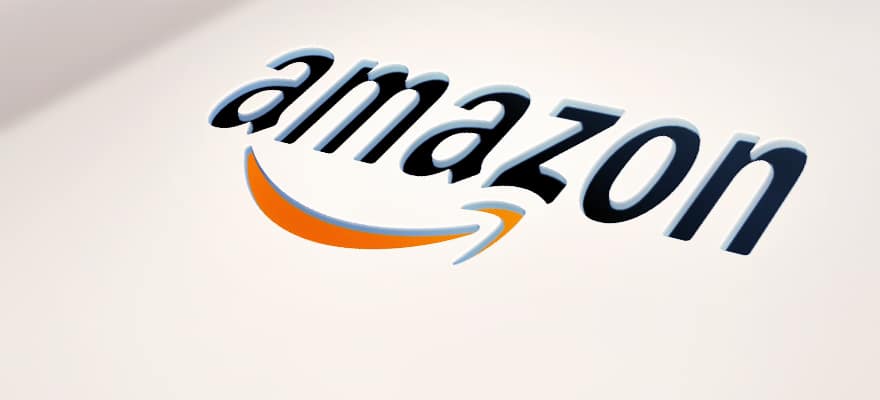With so many different markets, currencies, payment methods and solutions out there, it is hard to get a grip on how you can target your customer base and expand your online business with limitations from your processor or payment service provider.
BlueSnap is a company that offers one-stop-shop solutions for online merchants who are looking to grow with their payment service providers.
We were fortunate enough to have the chance to sit down with BlueSnap CEO Ralph Dangelmaier, to discuss their solution, and asked him his thoughts on mobile Payments , digital currencies, and expanding into new markets, among other things.
Payment Magnates: Many of our readers are more familiar with BlueSnap in its previous iteration as “Plimus”. Why the rebranding?
Ralph Dangelmaier: First off, Plimus was not very well known globally. People also found it a little hard to pronounce calling Pleemus or Plymus, and everyone was asking what it meant, so we knew that the name was holding us back a bit. Secondly we really liked the combination of Blue and Snap. Blue, as in the cloud and Snap, as it snaps into your Ecommerce sight. We also added the “Powered Buy” tagline, to represent checkout and how we are converting shoppers to buyers. So this time around, the name actually means something, and having a meaning is important. Plus, we found that everyone just likes to say BlueSnap, it’s easy to say!
PM: BlueSnap, not too long ago, introduced a mobile payment option called SnapMobile. Could you tell us a bit more about that and how BlueSnap is doing that differently?
RD: What is really cool about SnapMobile is that the user can login to their favorite shopping account, and you log into SnapMobile that stores you credit card information. Then the customer just clicks “Buy”, so it’s one touch payment. But what we do differently is that we use geo-location so we can change the banks and currencies so the transaction is customized according to the customer’s location
PM: What industries and merchants does BlueSnap support?
RD: Well, since the beginning our focus has been mainly digital goods. Software, services, content, translations and subscriptions but we just started getting into physical goods. It started with the gaming market, and online games, and then we started shipping copies of the games. We also have new clients that do TVs and cable replacement devices. So there we supply both the physical hardware and the digital software for the services that run off the devices. I think that the fact that we provide both the physical and the digital together makes us unique, not a lot of people are doing that. We are also seeing clothes come in as well, so that is new for us too
PM: In the future, do you see BlueSnap offering direct merchant accounts, as opposed to being a gateway provider?
RD: We do that right now. In North America we set up direct merchant accounts for our larger merchants. We are also now working with companies who already have their own merchant accounts, but they want to add more to it, like subscriptions and other services. We are basically adding our components to their existing merchant account that they have. We are also planning on offering direct merchant accounts to European merchants as well
PM: From looking at BlueSnap blog, I noticed that you have some opinions on Bitcoin , and alternative payment methods. Where do you see online payments going with the introduction of alternative methods and do you see BlueSnap integrating these methods in the future?
RD: Let’s break these methods in to 3 groups. You have the cards, debit and credit, then there is the alternative payments, like WebMoney and AliPay, or how I like to call them, PayPals from other countries, and we already offer those. Alternative payment methods are easier in some countries, and it is more accessible than regular card information, especially for countries outside North America. And the third group is digital currencies. Frequent flyer miles are a digital currency, and other companies like Amazon offer their own currency as well. The difference between these currencies and currencies like Bitcoin is that no company is behind them. Bitcoin is its own thing; a computer is behind it, so it is crazy thinking. I remember hearing that in the near future, 10-20% of ecommerce is going to be digital currencies and alternative payments. Bitcoin is a wildcard though; I think is that there is going to be a lot of other digital currencies that are going to pop up and people are going to get confused. I do see it getting popular in countries that are financially unstable, or have drastic economic change like Cyprus and China. China for example can’t invest in US stock, so Bitcoin is a great alternative. Other countries that are experiencing economic instability can invest in Bitcoin, and those investments drive the price of Bitcoin up. So I believe there is a place for those payment methods, but for countries and regions that are not economically strong and highly regulated like the US and the EU. Unfortunately, another thing is that these digital currencies are linked to a lot of illegal activities, and we are seeing authorities trying to shut these places down, but they keep coming back in different iterations. It does show that Bitcoin already has a big market and is accepted, so we will have to wait and see.
PM: For new merchants who have haven’t yet chosen a payment provider or are looking into new markets, what suggestions can you give them?
RD: I can tell you a story that happened to me while I was in Las Vegas for Money2020. I was having breakfast, and this lady came up to me and asked me what this conference is all about. And I explained it was for online payments and ecommerce, so she mentioned that she is looking for a solution for her online sweatshirts store and wanted to know how to go about it. I explained the she doesn't need to look at the cheapest option out there. When you are looking for a service provider, you need to make sure that they are compatible with your needs, not because they are cheaper. You get what you pay for. When looking at the lower end, you need to make sure that they are a stable gateway, and that the payments are being processed correctly. Another thing is the fees; companies can say they offer 2.4% or 2.7%, but at the end of the day you need to make sure that is what you’re paying. There are hidden fees, conversion rates and other parameters that can jump that up to 3.1% or even over 5.0%. The level of transparency is very important to us. When we say 2.9% we mean 2.9%. So the best advice I can give any beginning merchant is to find other merchants that do what they do. Read up about their solutions, see if they support the markets you want to get into and look into those providers
PM: What separates BlueSnap apart from other gateway providers and PSPs?
RD: It has been a little confusing over the last few years. We have been doing a little bit of everything, payment gateways, and PSP services, with resellers. Because of that, we decided to make a shift and send out a new message about what we do. We now start by saying we offer a core gateway that is “smarter” than other gateways out there. Our core gateway can process payments from multiple banks in multiple currencies, and we are working on one click payments, both for mobile and web services. On our core product I feel that most other gateways can’t offer those types of services. Plus our gateway is all brand new technology.
In addition to that, we have our “Value Added Services”. We have a long list of add-ons for the core product that can help when growing your business. We offer catalog solutions, digital downloads, free trial options, subscriptions, and more than 100 different payment types.
So a merchant can start with a simple gateway, similar to our competitors, but then they can easily add on these other services without moving to other providers. If a merchant can see a company that they can grow with, they will most likely choose that company.
In addition to our ecommerce solutions, we matched our fees and rates to our competitors.
We also have a few integration options. Our simplest solution is the URL, where the customer is redirected to our system, but we also offer an IFrame solution so we can integrate our buy page to your website, and lastly we have our APIs, so we cover all the bases

















